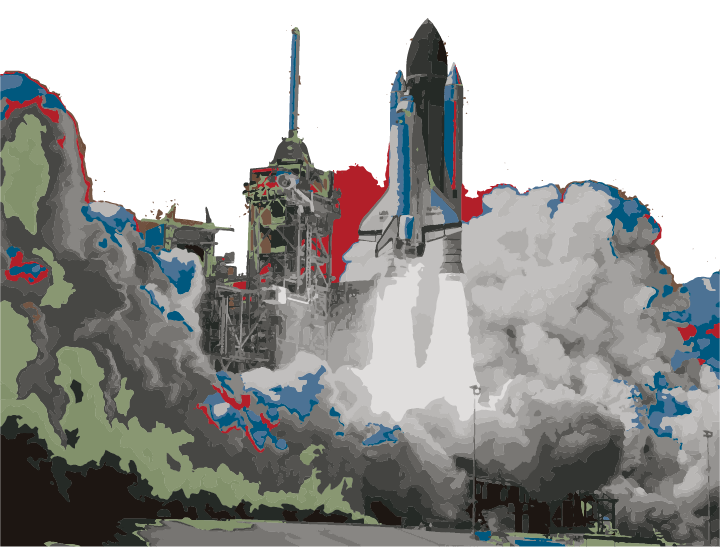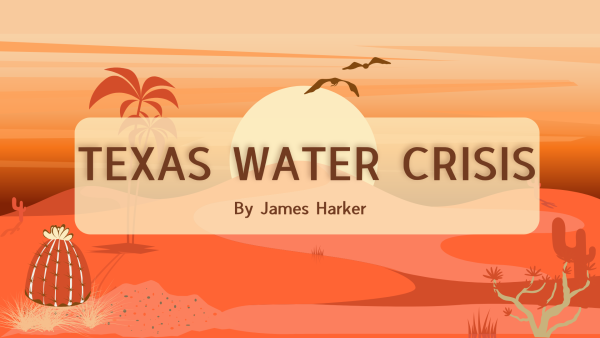This Day 28 Years Ago

On January 28, 1986, seven astronauts waved to a cheering crowd as they boarded their space shuttle, Challenger. But just 73 seconds after takeoff, cheers turned into horrified gasps as disaster struck.
Challenger had originally been built to be a test vehicle. According to space.com, the shuttle went through 11 months of testing. In 1979, NASA decided to convert it from a test vehicle to a spacecraft. Construction to make Challenger stronger took two years. The wings, cabins, and displays were improved. On October 23, 1981, work was finally completed.
There were several problems that arose years before the Challenger even launched. In its previous missions, there were several delays. First, there was a hydrogen leak in the main engine. There were also cracks and faults in the other engines. It took NASA several months to fix these issues. But on that fateful day, it was the freezing temperature in Florida that made the shuttle’s o-rings break apart that caused the accident.
The crew members aboard the Challenger lost their lives. They included astronauts Gregory Jarvis, Judy Resnik, Dick Scobee, Ronald McNair, Michael Smith, Ellison Onizuka, and teacher Christa McAuliffe. McAuliffe had gotten the amazing opportunity to go into space through the Teacher in Space Project. NASA wanted to use the Teacher in Space Program to choose an ordinary person to go up into space, hoping this would increase interest in the NASA Space program. McAuliffe was chosen out of 11,000 applicants. She had even planned on teaching lessons from space.
Canyon Vista 7th grade science teacher Ms. Collins said McAuliffe’s death affected teachers. “Not many people know we teachers are a community. When we hear of a loss in our community, we take it hard. It was a heartbreaking event.”
This event impacted not only teachers, but everyone in America. “I think one of the most important effects was that for the first time, there was a teacher on the spaceship and she was going to space,” 8th grader Ishani P. said. “However, once the spaceship blew up, it shocked everyone because besides the astronauts who died on the spaceship, the teacher was the icon that anyone can do something amazing if you just work hard for it.”
Although this was a devastating tragedy in the history of space exploration, it helped open NASA’s eyes to what more needed to be done to ensure space shuttle success. The organization began to be more careful, and more intricate research was done before sending a rocket into space.



















